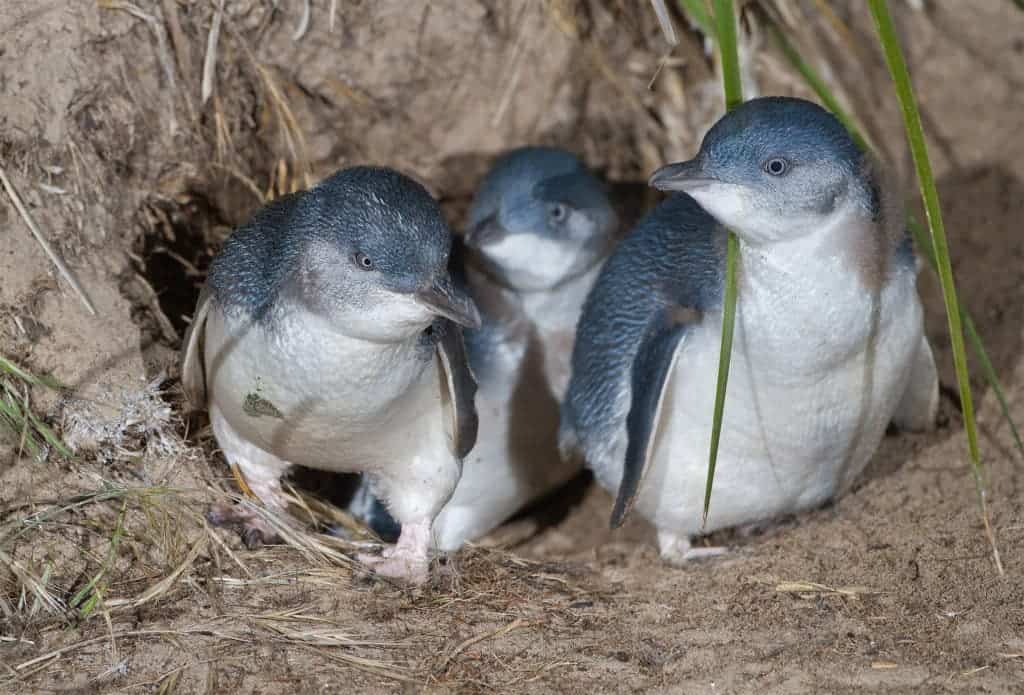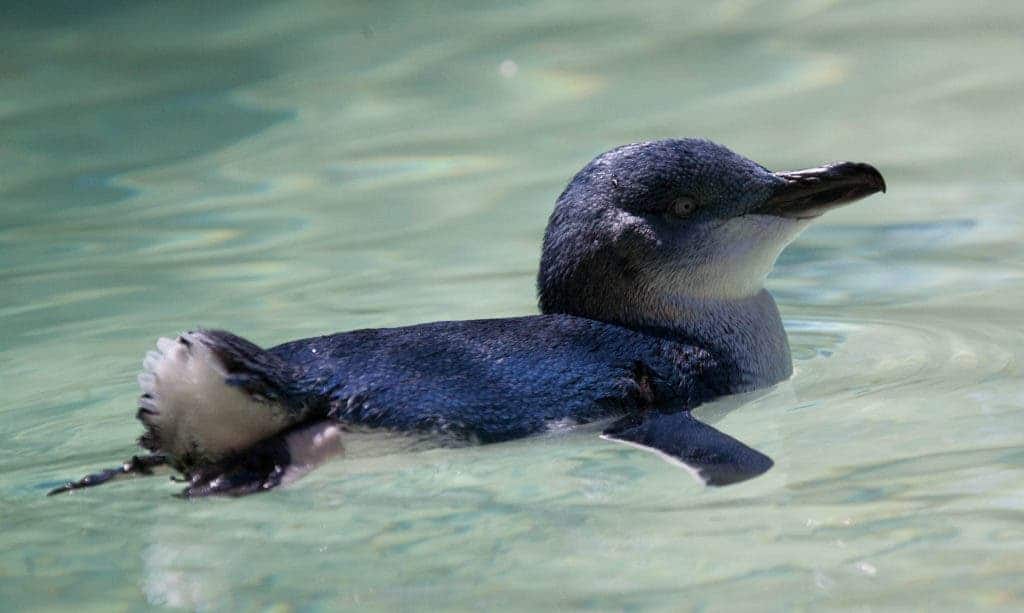Blue penguins were facing a perilous transit to their nests, so a New Zealand city decided to build an underpass to protect them – and the penguins love it.
Blue penguins (also called little penguin, because you know, they’re blue and small) have had it pretty rough through history. Aside from the cold water and their natural predators, they’ve been drastically affected by humans. In the 1930s, people from Tasmania actively culled them as they were thought to compete with commercially grown birds — and that’s not the only time blue penguins have suffered from human cruelty. Several rookeries were completely destroyed in the 1940s and 1950s, with penguins being “thrown off a cliff and shot at”. In more modern times, oil spills, plastic pollution, and habitat reduction. But it’s not all bad for them. In New Zealand, the city of Oamaru, working with locals and researchers, have built an underpass to protect the little critters.
Blue penguins started nesting at a defunct quarry in Oamaru Harbor, in the South Island of New Zealand. They fish during the day and return to their nests at night, crossing a very dangerous highway. To make things even worse, tourists often stop to photograph them, adding even more stress for the species. So a safe underpass was designed and built in just three weeks. The birds quickly learned how to use it and clearly preferred it over crossing the highway. Local authorities declared:
“We were reasonably confident that, given their natural tendency to be out of direct sunlight and in in closed spaces, they would use it. Penguins are creatures of habit, so once they discover a safe, reliable path, they tend to follow other penguins. Once the penguins discovered it, it was just a matter of time until using it was consistent thing.”
This small intervention might do wonders for the Oamaru colony, one of the few which is increasing in numbers – most colonies worldwide are rapidly declining. Blue penguins grow to an average of 33 cm (13 in) in height and 43 cm (17 in) in length. They are found on the coastlines of southern Australia and New Zealand, with possible records from Chile. In Australia, they are often called fairy penguins because of their small size. Little penguins have long been a curiosity to humans and unfortunately, were often the object of malicious human attacks. Sailors used to keep them for their amusement or eat them in dire times and local-penguin interactions have often been violent. But in more modern times, humans have taken a more protective role. Breeding colonies are supported and developed, also drawing tourism revenue and supporting local populations. Hopefully, the Oamaru story will be a successful example.











